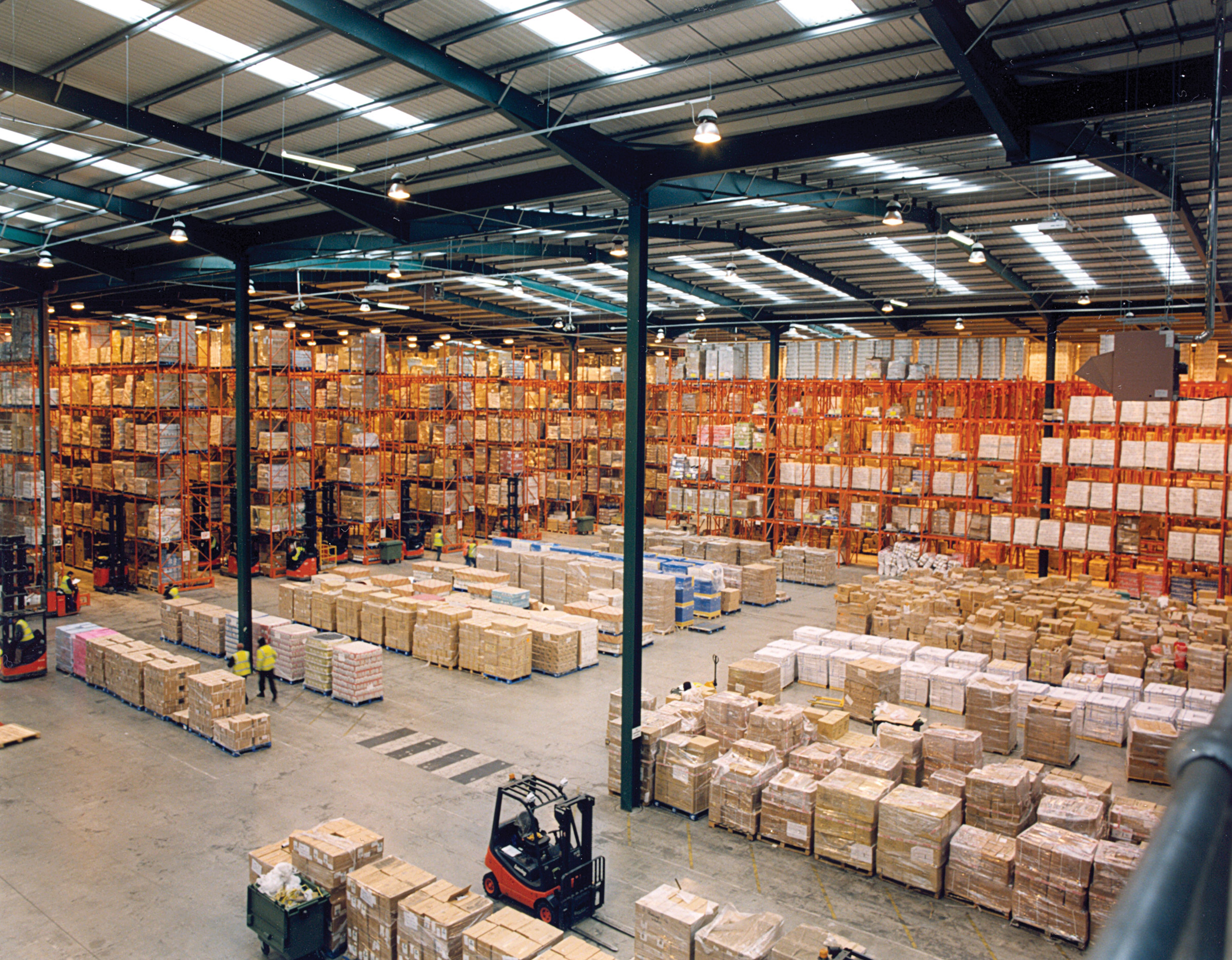Economy Watch: Minimum Wage Increases to Cost Industrial Space Users
Efforts to boost minimum wages will help workers, but better pay may mean higher rents for e-commerce and other industrial operations.
By Dees Stribling, Contributing Editor
Rising minimum wage levels across the U.S. could prove costly to industrial building tenants, especially in labor-intensive, e-commerce fulfillment centers, according to a recent report by CBRE Group. The report calculated that a $1 increase in average wages amounts to a $1 million increase in total annual labor spend for a 500-employee facility.
Put another way, that much added cost is equivalent to an increase in annual rent of $2.08 per square foot on a 500,000-square-foot industrial building, according to CBRE’s calculations. That’s a 37 percent rise from the average annual U.S. industrial rent of $5.65 per square foot.
The average hourly wage for U.S. warehouse workers of $11.82 well exceeds the federal minimum wage of $7.25 and those in most municipalities. However, that gap is much narrower in key industrial markets like Southern California, and the minimum wages in several municipalities across the U.S. are on track to exceed the $11.82 average industrial wage in the coming years, CBRE noted. In addition, in tight labor markets, a minimum wage increase can spur gains in wages higher up the pay scale.
Efforts to boost minimum wages have gained momentum as increases went into effect in 17 states and Washington, D.C., at the start of 2016. Another 11 states are set to increase their minimums within the next five years. Among municipalities, San Francisco and Seattle have passed laws mandating their minimum wage be gradually increased to $15 an hour by 2018, and Los Angeles has mandated getting to $15 by 2020.








You must be logged in to post a comment.